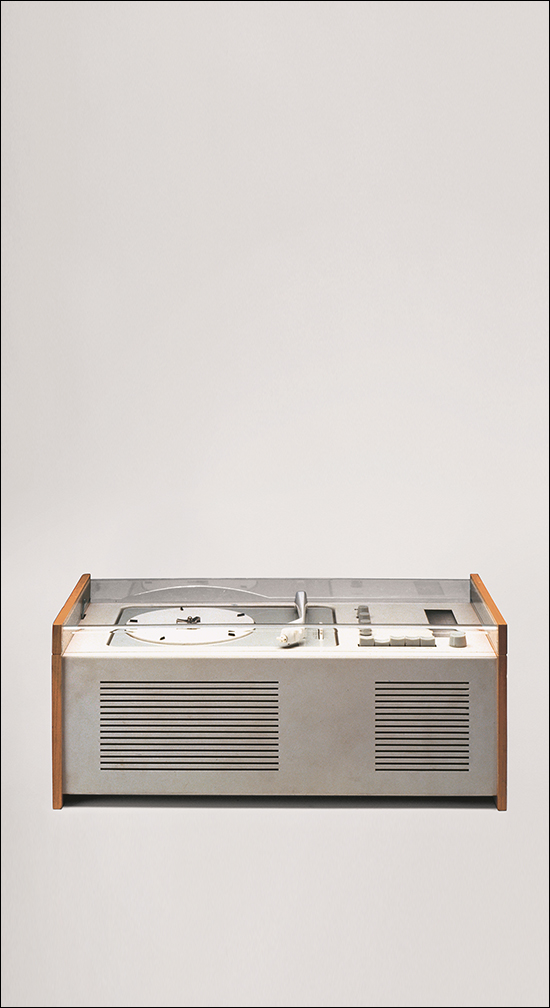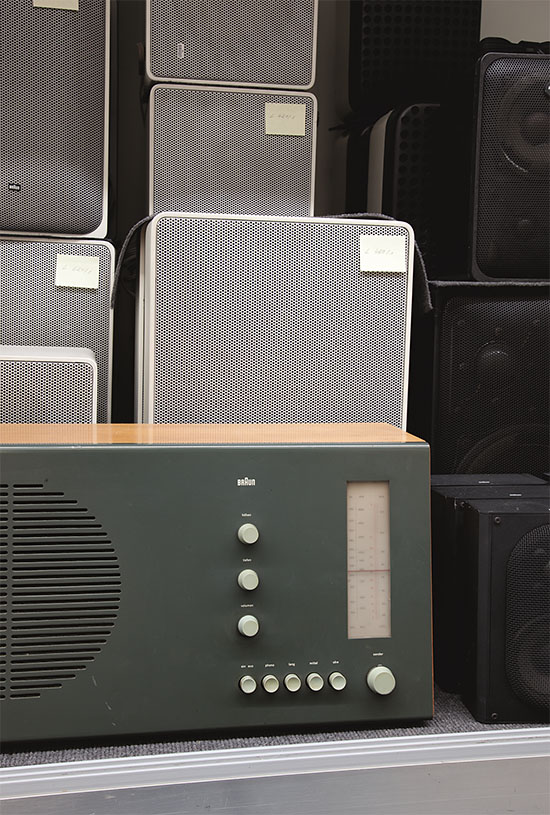Dieter Rams
The master of minimalism, German legend Dieter Rams remains rightly famous for his ten principles for good design – the most famous of which was “Good design is as little design as possible.”
“My heart belongs to the details. I actually always found them to be more important than the big picture. Nothing works without details. They are everything, the baseline of quality.”
Every good designer knows that “God is in the details.” Anyone can sketch an idea, but the approximation to perfection, the genius of inspiration and execution comes from the hard slog involved in making all the tiny curves and interfaces, angles, materials and technology work together in harmony. Details enable communication, aiding transparency and closing the gap between object and subject, user and product.
It is appropriate that Dieter Rams’s first great design success involved not only a detail, but a transparent one: the acrylic lid of the SK 4 super phonograph, nicknamed ‘Snow White’s Coffin’. This was an inspired idea that not only helped to ensure the great commercial and critical success of the SK 4 as a product but represents a defining moment in audio design: record players have transparent covers because Dieter Rams thought of it. That alone should be enough to earn him a place in the design history books.
“Truly functional design only comes from the most careful and intense attention to detail,” says Rams. It could be argued that his greatest overall contribution to design has come from working in areas that most users are not consciously aware of. In his four decades as head of design at Braun, although he did not directly design all products and even had very little to do with some of them, he constantly encouraged tiny improvements that could make a good design better.
This attention to detail ranged from the acuteness of angles in forms; the size, feel and distances between switches; the integration of handle fixings; the placement and nature of graphic elements on the products themselves and extended to product photography and packaging. Designing detail is about achieving a fine balance in all aspects and areas of the product, including those external to the object.

“In questions of detail, Dieter was very fastidious,” says Dietrich Lubs, former head of product graphics and designer at Braun. “He had a great talent for improving what was already a good solution with detail suggestions such as increasing or decreasing curve radii. Proportions too played a considerable role.”
This level of attention to detail is at the high-end of design; it requires a continuous pushing for perfection beyond the point when many would have said “that will do.”
